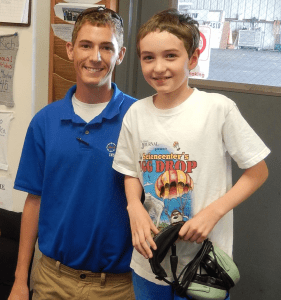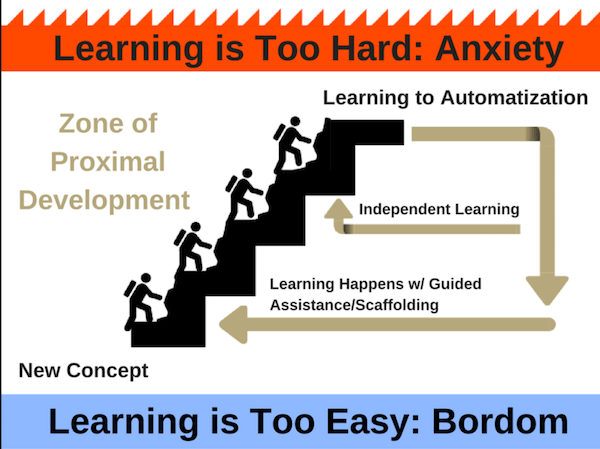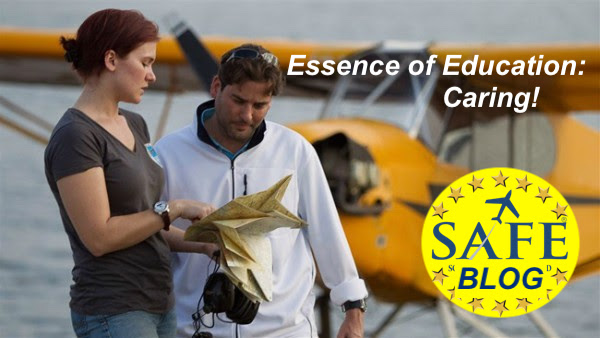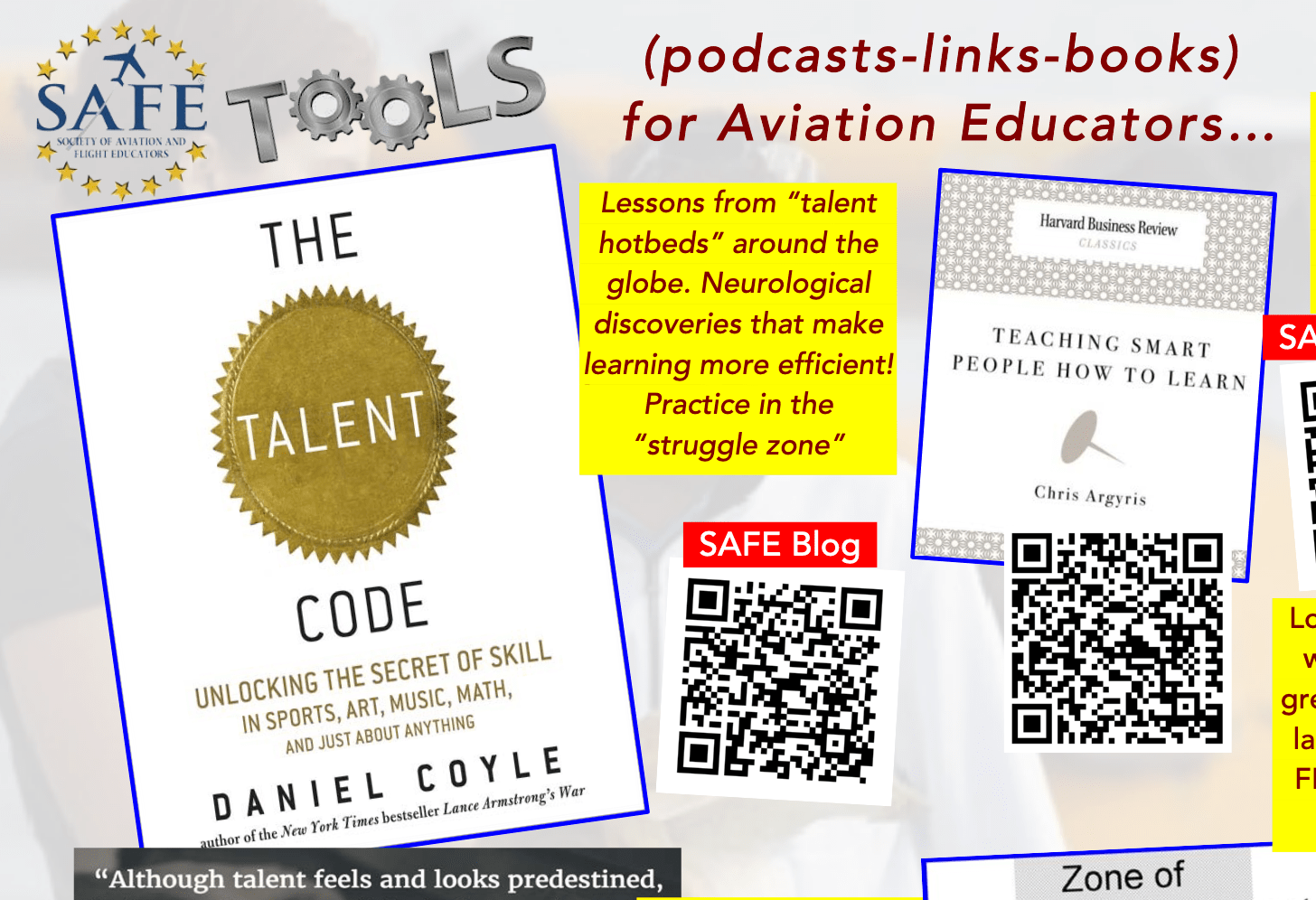 The best student you ever had as an instructor probably was the one who was “on fire” to learn. That totally motivated learner is mostly effortless for an educator, like feeding a hungry child or watching a vigorous plant grow. You just provide the content and direction-some guidance and feedback-then stand back and watch in astonishment. I can think of five students I worked with to get a private in only 35 hours (part 141) and all turned into better pilots than students plodding along with 100 or more hours.
The best student you ever had as an instructor probably was the one who was “on fire” to learn. That totally motivated learner is mostly effortless for an educator, like feeding a hungry child or watching a vigorous plant grow. You just provide the content and direction-some guidance and feedback-then stand back and watch in astonishment. I can think of five students I worked with to get a private in only 35 hours (part 141) and all turned into better pilots than students plodding along with 100 or more hours.
And similarly, our best personal learning experiences are when there is the correct combination of challenge, excitement, opportunity, and accomplishment. This magic zone of optimal challenge and experience in education creates an experience that is efficient and rewarding for both the educator and the learner. But unfortunately, this is not the usual experience in aviation; both educators and pilots-in-training comment and complain about friction and motivation. Every lesson seems like a struggle rather than a breeze. How can we create and retain this learning magic in every lesson?
 The secret to motivation and achieving that “zone of proximal development” is the dynamic educator and learner relationship. If either side is not alert, energized and motivated, the fire is quickly extinguished and the learning process becomes a chore. Most typically, too much control and micro-managing on the part of the educator is the problem. The CFI is most often guilty of excessive caution or lack of caring and involvement.
The secret to motivation and achieving that “zone of proximal development” is the dynamic educator and learner relationship. If either side is not alert, energized and motivated, the fire is quickly extinguished and the learning process becomes a chore. Most typically, too much control and micro-managing on the part of the educator is the problem. The CFI is most often guilty of excessive caution or lack of caring and involvement.
- Students are more motivated academically when they have a positive relationship with their teacher.
- Choice is a powerful motivator in most educational contexts.
- For complex tasks that require creativity and persistence, extrinsic rewards and consequences actually hamper motivation.
- To stay motivated to persist at any task, students must believe they can improve in that task.
 Sometimes the reasons are valid, we have to ultimately create a safe environment for learning and instill an attitude of responsibility in the future pilot. But we usually overdo this end of the equation (especially initially) and put out the fire of motivation. The usual combination I see is a jazzed up, excited learner and a jaded, “not so fast sonny” educator with the brakes on. As soon as that first exciting “sell them” discovery flight is over, we educators clamp down with the “burden of responsibility” and excessive caution and correction.
Sometimes the reasons are valid, we have to ultimately create a safe environment for learning and instill an attitude of responsibility in the future pilot. But we usually overdo this end of the equation (especially initially) and put out the fire of motivation. The usual combination I see is a jazzed up, excited learner and a jaded, “not so fast sonny” educator with the brakes on. As soon as that first exciting “sell them” discovery flight is over, we educators clamp down with the “burden of responsibility” and excessive caution and correction.
 So lately, I have been trying to very carefully retain and build that initial fire of excitement and discovery into every lesson, providing the fun and benefits as much as possible. That initial spark of excitement is too precious to waste. Flying can be intrinsically motivating through continuous accomplishment and mastery. I personally think we can instill caution and care as we proceed without diminishing the motivation (if we are careful).
So lately, I have been trying to very carefully retain and build that initial fire of excitement and discovery into every lesson, providing the fun and benefits as much as possible. That initial spark of excitement is too precious to waste. Flying can be intrinsically motivating through continuous accomplishment and mastery. I personally think we can instill caution and care as we proceed without diminishing the motivation (if we are careful).
As an educator, I work hard on my personal attitude and approach to avoid burn-out. Reading and podcasts- focusing on the craft of teaching- are very helpful (Try the cult of pedagogy?) We not only have to grow as pilots but also as educational professionals.SAFE has an extensive library of resources for educators. And consider our next SAFE CFI-PRO™ coming in June at Sporty’s for some collaborative fun and learning. Fly safe out there (and often).
SAFE CFI-PRO™ workshop is open to every aviation educator at every level (even if you are working on your CFI?)
is open to every aviation educator at every level (even if you are working on your CFI?)
Join SAFE to support our safety mission of generating aviation excellence in teaching and flying. Our amazing member benefits pay back your contribution (1/3 off your ForeFlight subscription)! Our FREE SAFE Toolkit App puts required pilot endorsements and experience requirements right on your smartphone and facilitates CFI+DPE teamwork. Our CFI insurance was developed by SAFE specifically for CFIs (and is the best value in the business).
